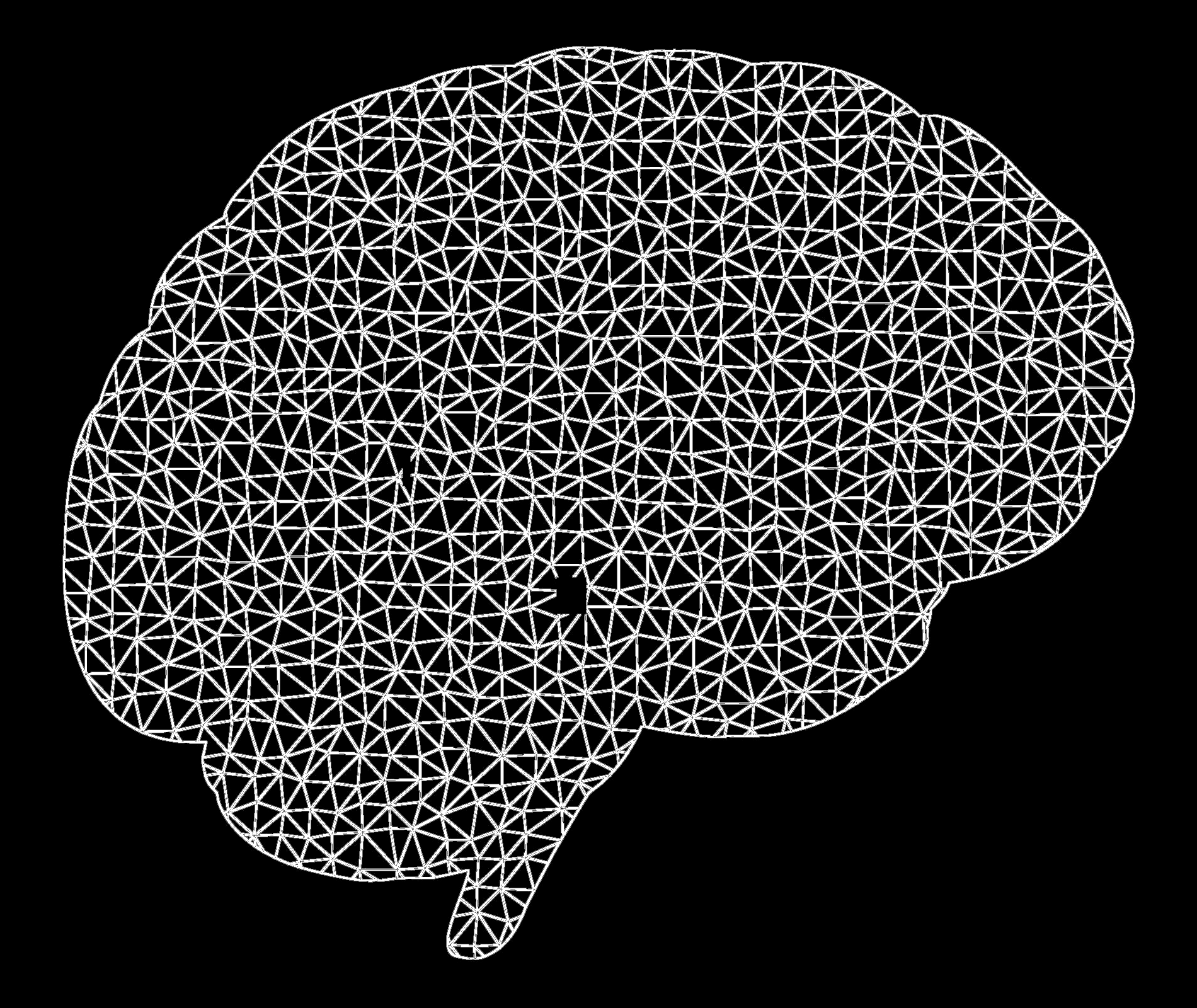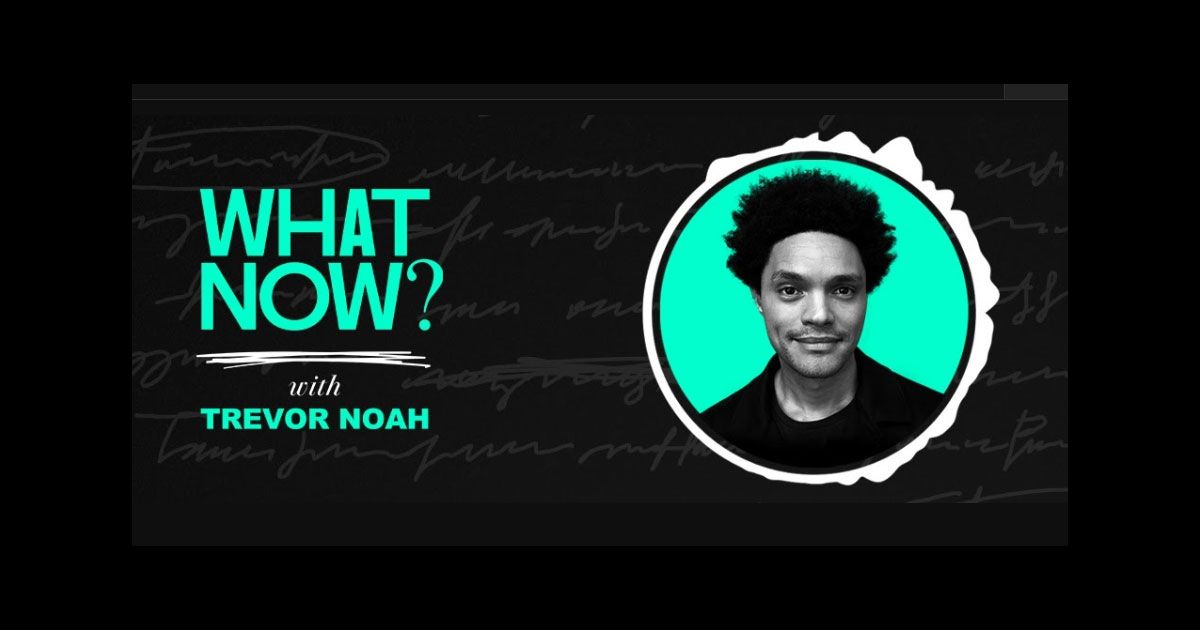Here we replace that with source documents and the wonder you do via questions via chat. the big bonus here is that you get question suggestions just to spark your deeper thinking or your creativity.
note: the selected source documents can be replaced even the question.
- Further experimentation possibly to compare these Q&A to non AI aided settings, whereby humans read the same source material and respond to the same questions.
- could be a cheap popup: If you are the person that is hype averse, and believes in her own ability to evaluate source material i challenge you to do so and compare your answer to the same question!
deliberate design: (page) explain the thaughts behind your design choices.
& benevelant ai, and mis
my kind of mindful ness. concentrate on your. thinking. your mind. audio intro from founder.
I like late night comedy. they find the humor based on what was said. to deliver important messages. firmly rooted in what was said. Here we also try to anchor our thinking on what we read. Tools for thought.
Visable learning - John Hattie. I believe I can make learning visable and mesurable with this. Asking of questions (whats going on in the mind of the learner, what is he currious about (after reading of sources). what would he like to learn something about (the question). Matching key concepts, and noting the key differences of sources to make pursuasive writing. Extrapolations help spot the interesting part (the odd ones). As is explained in relationship to podcast formula with Notbook lm (manual vs AI, Gamification can you beat the computer with your arguments, debate club) Visable learning: writing the essay after the questions (via chat) what was retained. What did the learner not know (before the question) and what does he demonstrate with his writing after in his essay.
the idea is to collect data for research (ademic would be fun). Effecive sm campaigs were special attention to a hook like Insta or tiktok perfect to generate intrest. but old fashioned book too. Their formula is to hook with curiosity. the hook: God? is that you? yes but don't worry, I am kind! All I ask is for you to listen to me when I think there is a better way to guide AI. chalanges, slides, swipes, videos. Book (menu top: old school) formula is non dynamic special attention to Cover and source document choice. pick controversial topic with well supported sides. note the book does not retel the story its simply a set of questions in sequence to AI
exit screen: thanks for visiting!
will you share what you are wondering?
free form text
"reviews" type wall (clouds)
Here we replace that with source documents and the wonder you do via questions via chat. the big bonus here is that you get question suggestions just to spark your deeper thinking or your creativity.
note: the selected source documents can be replaced even the question.
- Further experimentation possibly to compare these Q&A to non AI aided settings, whereby humans read the same source material and respond to the same questions.
- could be a cheap popup: If you are the person that is hype averse, and believes in her own ability to evaluate source material i challenge you to do so and compare your answer to the same question!
deliberate design: (page) explain the thaughts behind your design choices.
benevelant ai, and mis
my kind of mindful ness. concentrate on your. thinking. your mind.
I like late night comedy. they find the humor based on what was said. to deliver important messages. firmly rooted in what was said. Here we also try to anchor our thinking on what we read. Tools for thought.
the idea is to collect data for research (ademic would be fun). Effecive sm campaigs were special attention to a hook like Insta or tiktok perfect to generate intrest. but old fashioned book too. Their formula is to hook with curiosity. the hook: God? is that you? yes but don't worry, I am kind! All I ask is for you to listen to me when I think there is a better way to guide AI. chalanges, slides, swipes, videos. Book formula is non dynamic special attention to Cover and source document choice. pick controversial topic with well supported sides. note the book does not retel the story its simply a set of questions in sequence to AI
Here we replace that with source documents and the wonder you do via questions via chat. the big bonus here is that you get question suggestions just to spark your deeper thinking or your creativity.
note: the selected source documents can be replaced even the question.
- Further experimentation possibly to compare these Q&A to non AI aided settings, whereby humans read the same source material and respond to the same questions.
- could be a cheap popup: If you are the person that is hype averse, and believes in her own ability to evaluate source material i challenge you to do so and compare your answer to the same question!
deliberate design: (page) explain the thaughts behind your design choices.
& benevelant ai, and mis
my kind of mindful ness. concentrate on your. thinking. your mind. audio intro from founder.
I like late night comedy. they find the humor based on what was said. to deliver important messages. firmly rooted in what was said. Here we also try to anchor our thinking on what we read. Tools for thought.
Visable learning - John Hattie. I believe I can make learning visable and mesurable with this. Asking of questions (whats going on in the mind of the learner, what is he currious about (after reading of sources). what would he like to learn something about (the question). Matching key concepts, and noting the key differences of sources to make pursuasive writing. Extrapolations help spot the interesting part (the odd ones). As is explained in relationship to podcast formula with Notbook lm (manual vs AI, Gamification can you beat the computer with your arguments, debate club) Visable learning: writing the essay after the questions (via chat) what was retained. What did the learner not know (before the question) and what does he demonstrate with his writing after in his essay.
the idea is to collect data for research (ademic would be fun). Effecive sm campaigs were special attention to a hook like Insta or tiktok perfect to generate intrest. but old fashioned book too. Their formula is to hook with curiosity. the hook: God? is that you? yes but don't worry, I am kind! All I ask is for you to listen to me when I think there is a better way to guide AI. chalanges, slides, swipes, videos. Book (menu top: old school) formula is non dynamic special attention to Cover and source document choice. pick controversial topic with well supported sides. note the book does not retel the story its simply a set of questions in sequence to AI
exit screen: thanks for visiting!
will you share what you are wondering?
free form text
"reviews" type wall (clouds)
Here we replace that with source documents and the wonder you do via questions via chat. the big bonus here is that you get question suggestions just to spark your deeper thinking or your creativity.
note: the selected source documents can be replaced even the question.
- Further experimentation possibly to compare these Q&A to non AI aided settings, whereby humans read the same source material and respond to the same questions.
- could be a cheap popup: If you are the person that is hype averse, and believes in her own ability to evaluate source material i challenge you to do so and compare your answer to the same question!
deliberate design: (page) explain the thaughts behind your design choices.
& benevelant ai, and mis
my kind of mindful ness. concentrate on your. thinking. your mind. audio intro from founder.
I like late night comedy. they find the humor based on what was said. to deliver important messages. firmly rooted in what was said. Here we also try to anchor our thinking on what we read. Tools for thought.
Visable learning - John Hattie. I believe I can make learning visable and mesurable with this. Asking of questions (whats going on in the mind of the learner, what is he currious about (after reading of sources). what would he like to learn something about (the question). Matching key concepts, and noting the key differences of sources to make pursuasive writing. Extrapolations help spot the interesting part (the odd ones). As is explained in relationship to podcast formula with Notbook lm (manual vs AI, Gamification can you beat the computer with your arguments, debate club) Visable learning: writing the essay after the questions (via chat) what was retained. What did the learner not know (before the question) and what does he demonstrate with his writing after in his essay.
the idea is to collect data for research (ademic would be fun). Effecive sm campaigs were special attention to a hook like Insta or tiktok perfect to generate intrest. but old fashioned book too. Their formula is to hook with curiosity. the hook: God? is that you? yes but don't worry, I am kind! All I ask is for you to listen to me when I think there is a better way to guide AI. chalanges, slides, swipes, videos. Book (menu top: old school) formula is non dynamic special attention to Cover and source document choice. pick controversial topic with well supported sides. note the book does not retel the story its simply a set of questions in sequence to AI
exit screen: thanks for visiting!
will you share what you are wondering?
free form text
"reviews" type wall (clouds)




